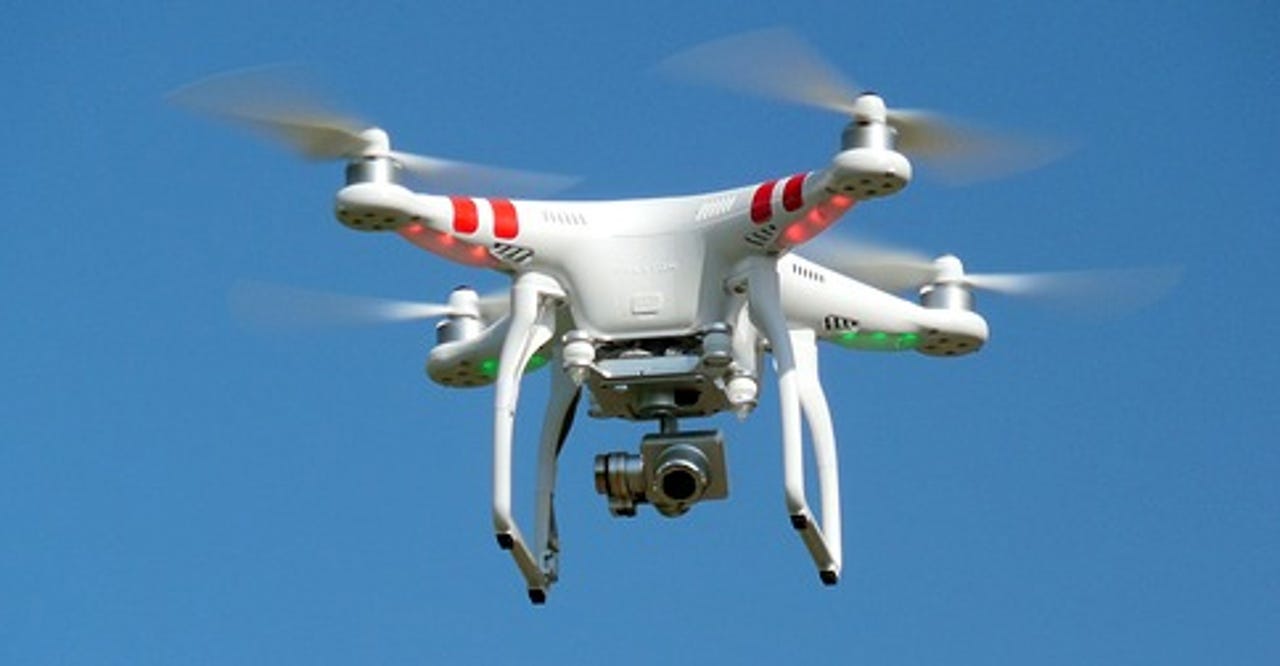UK citizens to sit safety tests to fly drones


The UK government is planning to introduce fresh rules for drone owners including a new requirement to sit safety tests and potentially no-fly zones.
When you undergo the time-consuming and expensive process to gain a car license in the UK, you are expected to pass not only practical tests but sit an exam on the highway code and click your way through tedious hazard perception tests.
Now, UK drone owners may be required to undergo a similar process to fly their beloved devices.
Featured
As reported by the BBC, new legislation undergoing scrutiny by the UK government will require drone hobbyists to sit safety awareness tests to legally fly drones.
Should drones be flown without this requirement in place, police will have new powers to confiscate drones which "may have been used in criminal activity," according to the publication, and this potentially could be extended to those flying illegally and without a license.
The new rules will include any drone weighing more than 250g, which covers the majority of hobby drones -- with the exception being small, light models generally aimed at children and without advanced features, such as camera mounting.
In addition, drones over the same weight limit may also be banned from flying above 400 ft and near airports or areas of sensitivity, which could be achieved with geofencing technology.
Drone developers in the US are already implementing firmware-based no-fly zone technologies, such as DJI, but this has given birth to an underground of firmware hacking to remove such restrictions.
Pilot union BALPA welcomed the proposals, saying that the organization is "pleased the concerns of pilots about the risks of collisions with drones are being heeded at last."
BALPA is referring to a record of 81 near-misses in 2017 so far, where hobbyist drones have been flown too close to airports and aircraft. In 2016, 71 similar incidents were reported, including one case in which a drone struck the front of a passenger jet at Heathrow while it attempted to land.
In July 2017, Gatwick airport's runway was closed and flights were diverted after a drone was spotted far too close to the airfield, causing chaos for airlines and passengers alike.
The proposed bill is due to be published in early 2018.
"BALPA recognized the potential of drone technology long ago," said Brian Strutton, BALPA General Secretary. "But it soon became clear that without the right rules and regulations in place to enable them to share airspace safely, these devices could pose a huge threat to commercial aircraft."
"These proposals are a step towards the safe integration of drones, but until the new rules are in place the threat of a serious collision remains," the executive added. "It would be a tragedy if such an incident were to occur and lives were lost while we await these measures."
See also: Huawei and LG U+ use VR drone to deliver 5G
Earlier this month, the US government approved plans for AT&T to deploy a squadron of Flying Cow (Cell on Wings) drones to act as temporary cell towers in Puerto Rico, which is still suffering in the aftermath of Hurricane Maria.
The drones act as "cell towers in the sky" and provide LTE coverage in areas which have no communications infrastructure left.